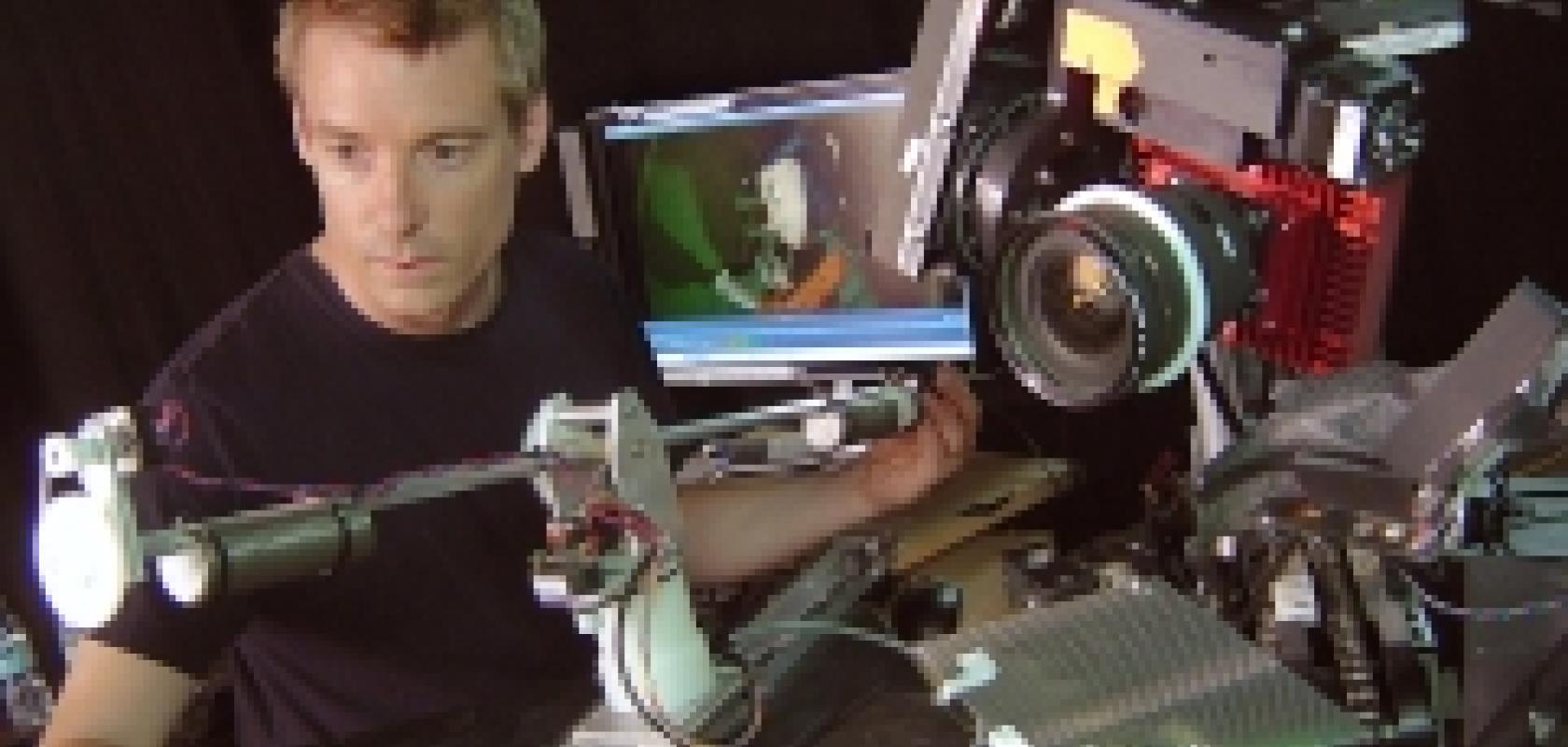A major stop-motion feature film, Coraline, due for release on 6 February 2009 by Focus Features, has been shot using industrial machine vision cameras as opposed to film. The full-length animated movie from animation studios Laika (Portland, OR) is the first to use machine vision cameras in this way as well as the first to be shot in stereoscopic 3D.
Princeton Instruments, manufacturers of high-performance cameras and optics-based solutions for scientific research and industrial imaging, provided its Megaplus EC11000 colour CCD cameras for the production of the film.
Adapted from the novel by Neil Gaiman and directed by Henry Selick (director of Tim Burton's The Nightmare Before Christmas and James and the Giant Peach), Coraline is a tale about a curious girl who unlocks a mysterious door in her family's new home and enters into an adventure in a parallel reality. The film boasts a voice cast that includes Teri Hatcher, Dakota Fanning, British comedy duo Dawn French and Jennifer Saunders, Ian McShane, John Hodgman, Keith David, and Robert Bailey.
Instead of shooting on film, director of photography Pete Kozachik (Tim Burton's The Nightmare Before Christmas, Tim Burton's Corpse Bride) acquired the movie's frame-by-frame footage using roughly three dozen cooled, 11 Megapixel Megaplus cameras. Kozachik indicates that the new Megaplus-based shooting process offers key advantages over previously employed techniques that relied on film, video frame grabbers, and prosumer digital SLRs.
Beyond excellent resolution and colour reproduction, the flexible programmability and rugged mechanical housing of the Megaplus are very important for this application. Thermoelectric cooling is critical too, as dark current has to be minimised during the relatively long exposure times used.
In particular, relates Kozachik, the ability of the Megaplus to provide sharp, near-real-time monochrome preview images and then capture full-resolution, colour 'beauty' frames substantially improves project workflow and throughput. Princeton Instruments' industry-leading automation and integration capabilities amplify these advantages.
'We're pleased that our advanced imaging technology helped save the Coraline production team considerable time and effort without compromising the quality of their results,' says Terry Guy, industrial group business manager at Princeton Instruments. 'We look forward to seeing future film projects utilise Megaplus-enabled stop-motion animation methods.'


